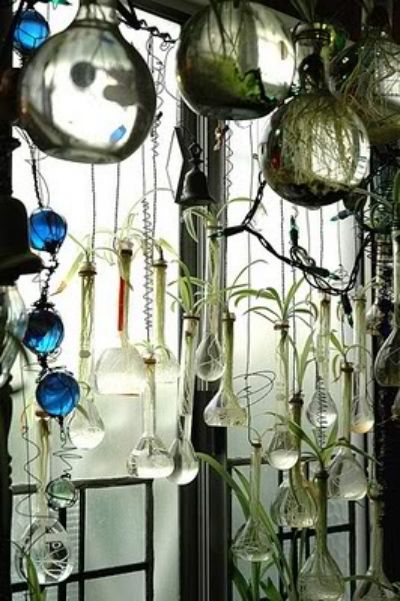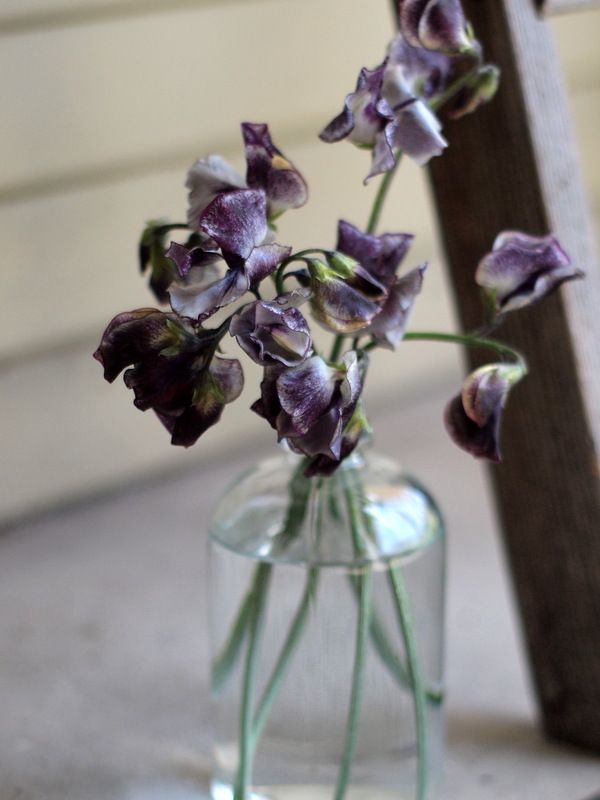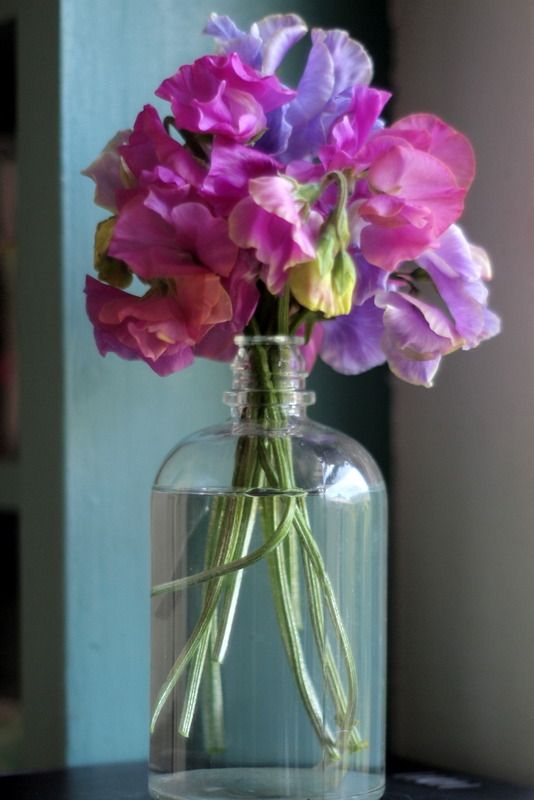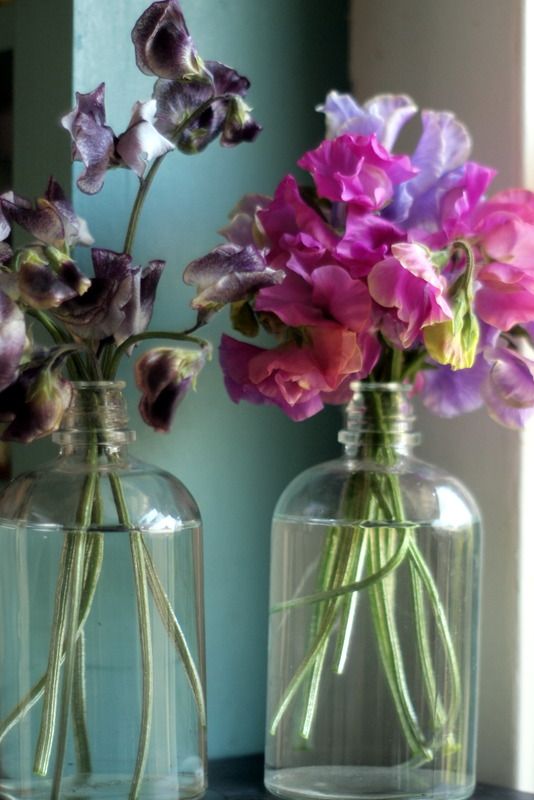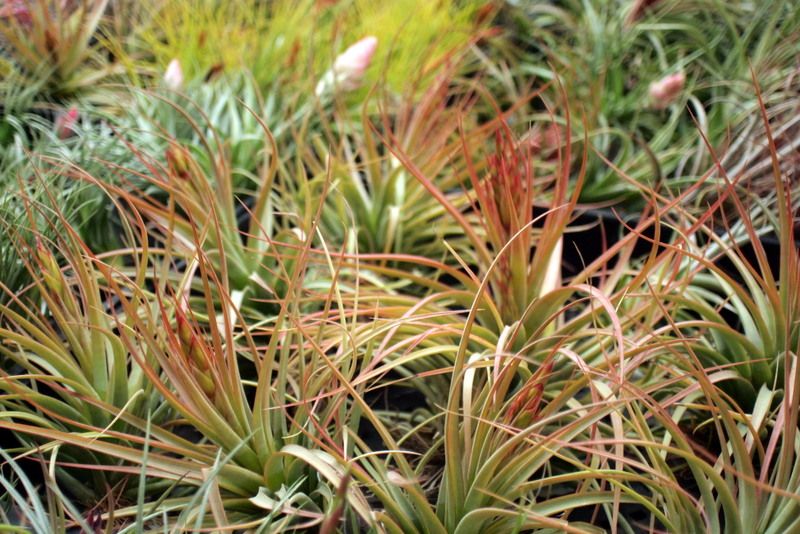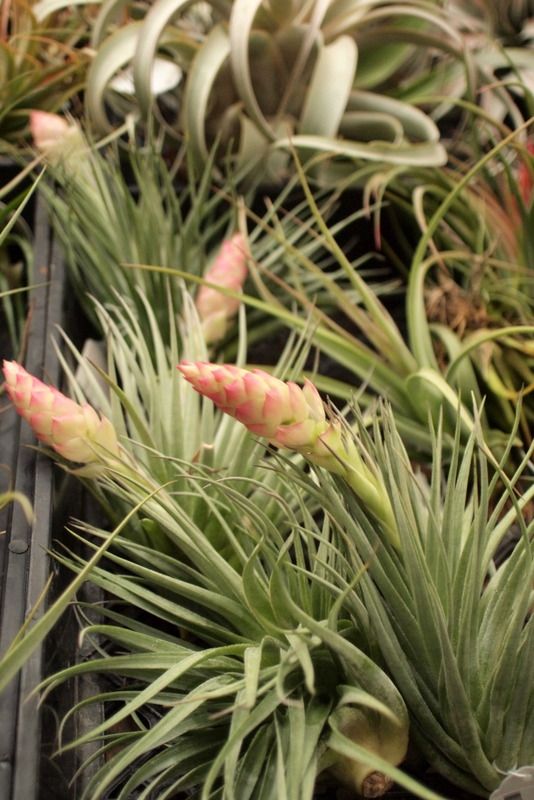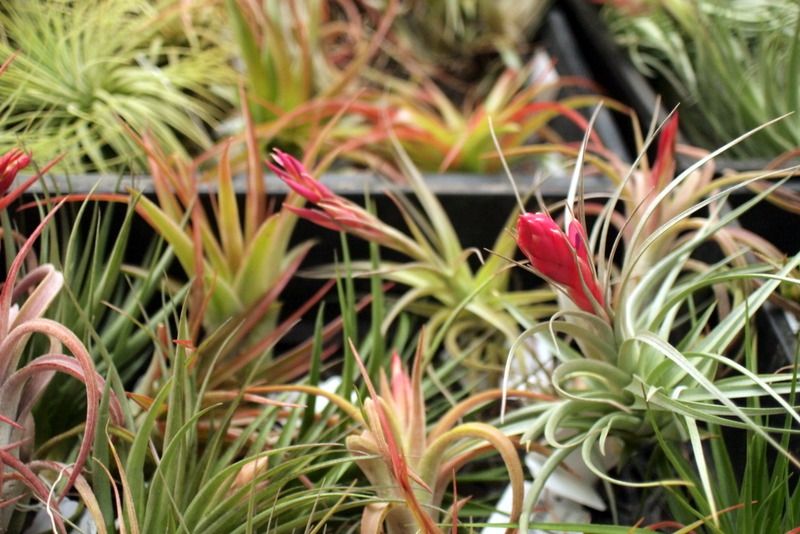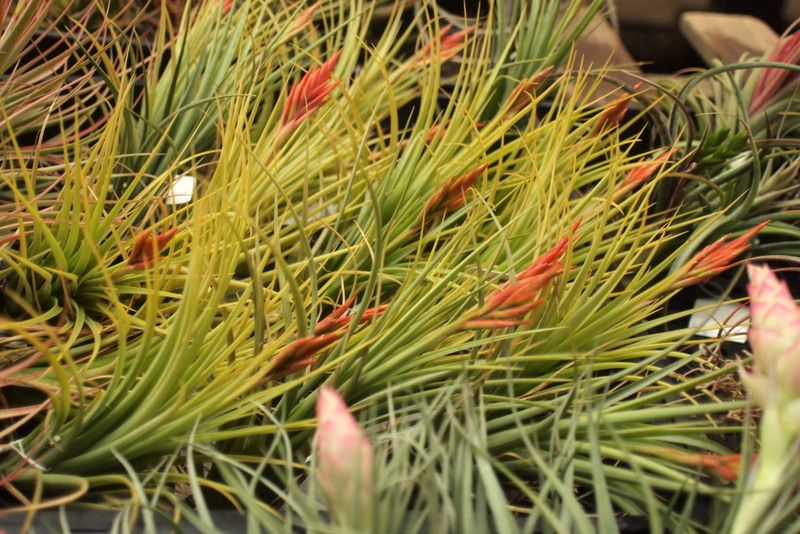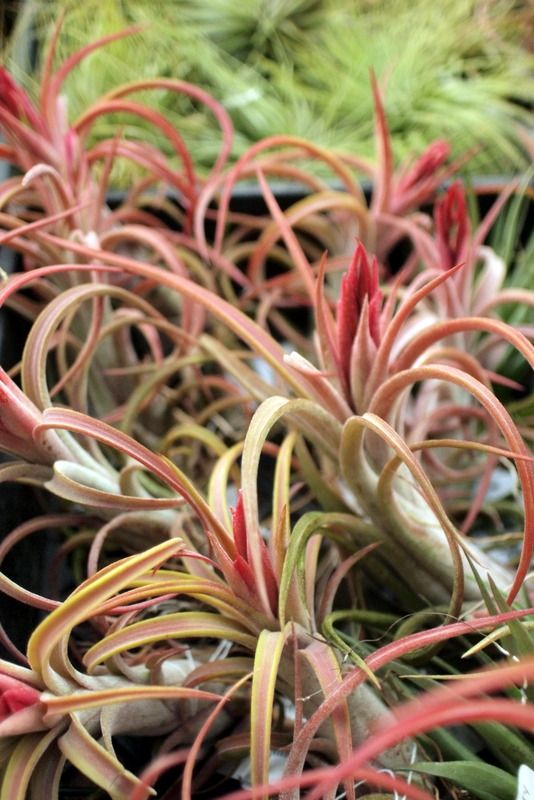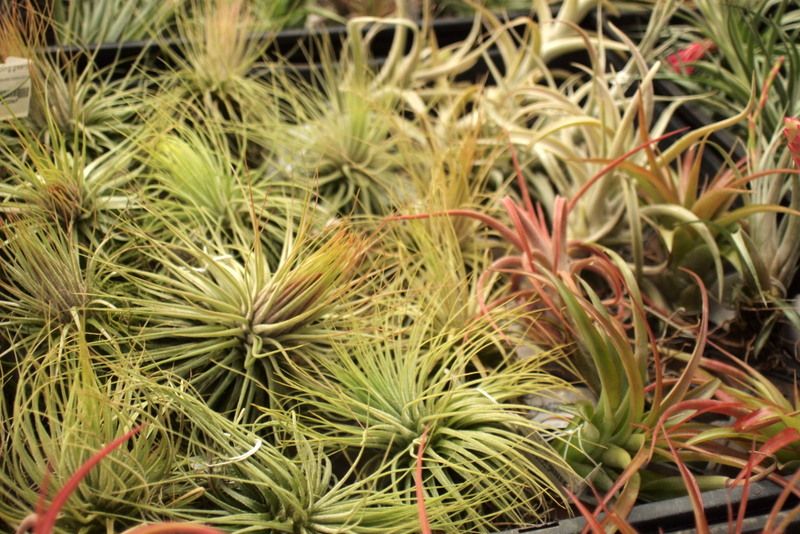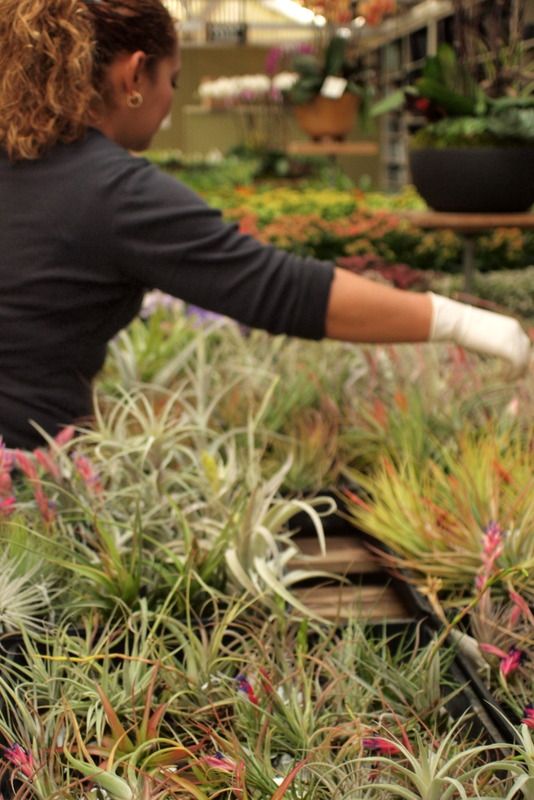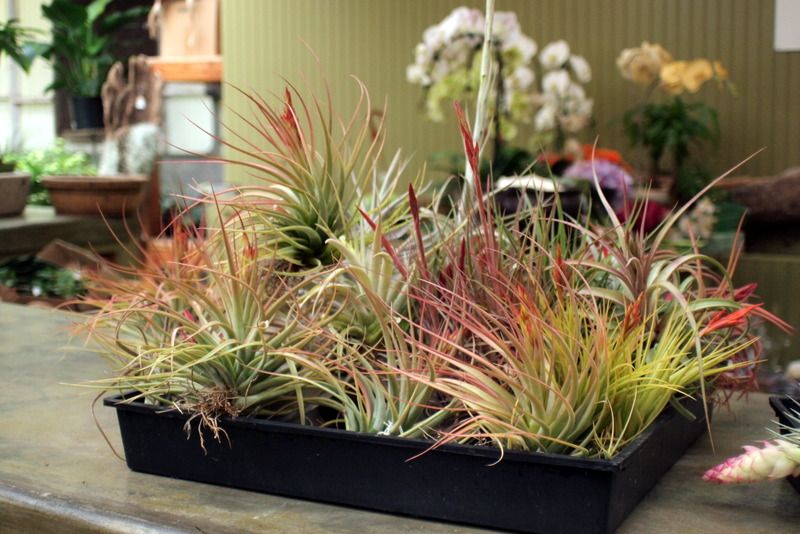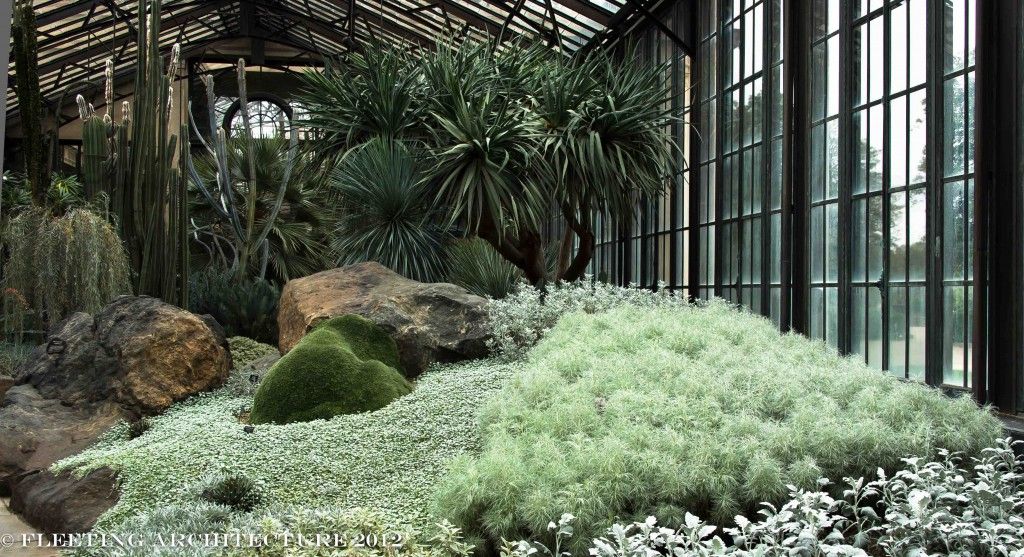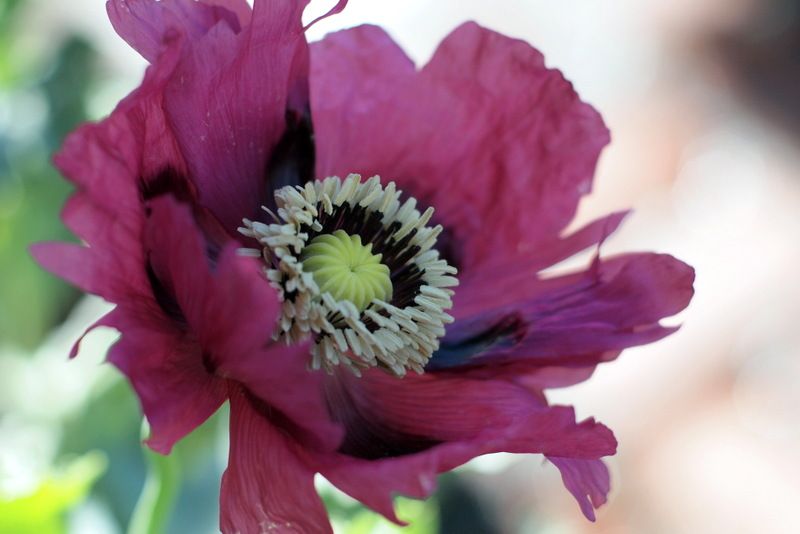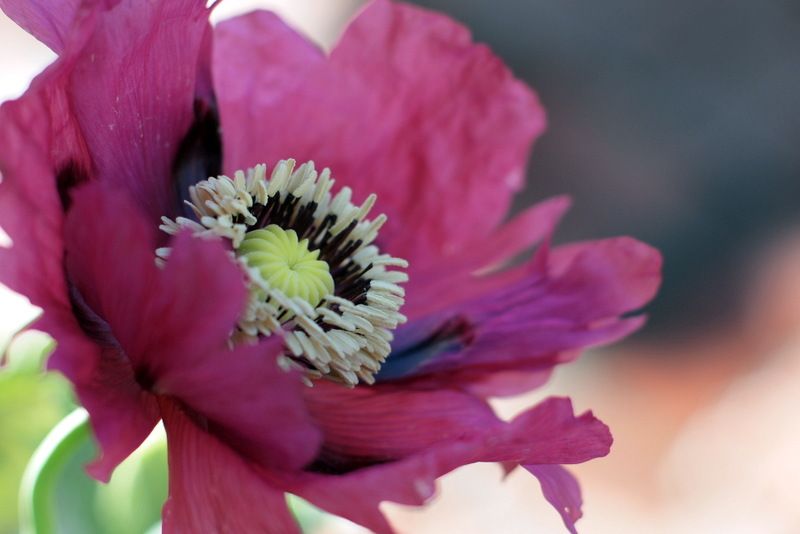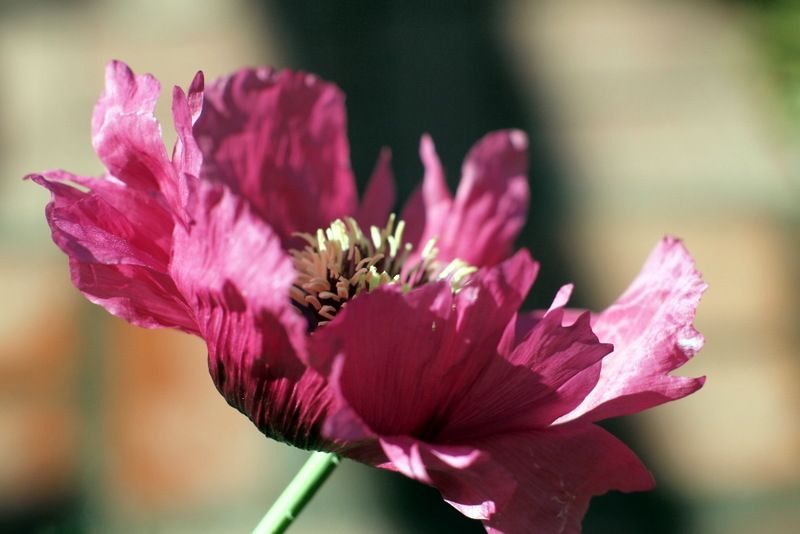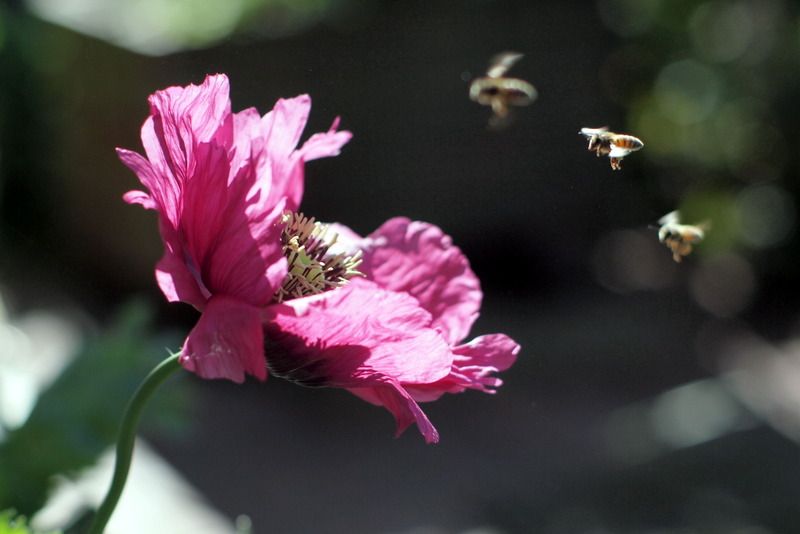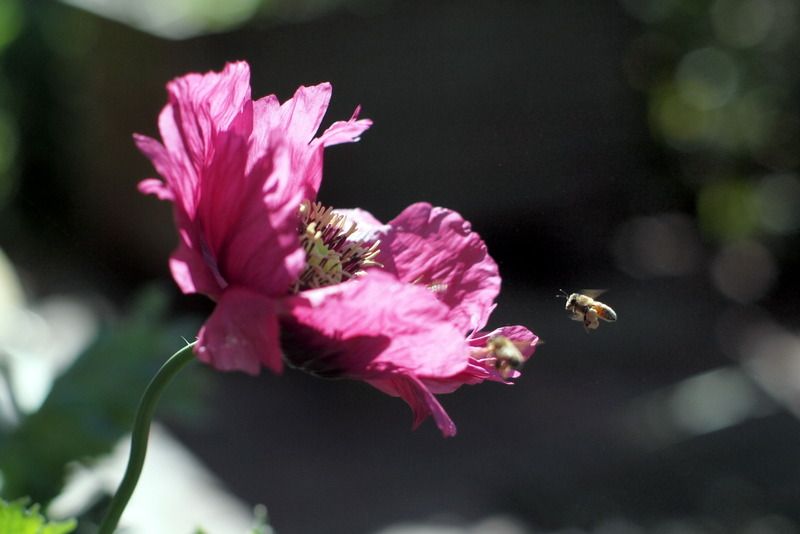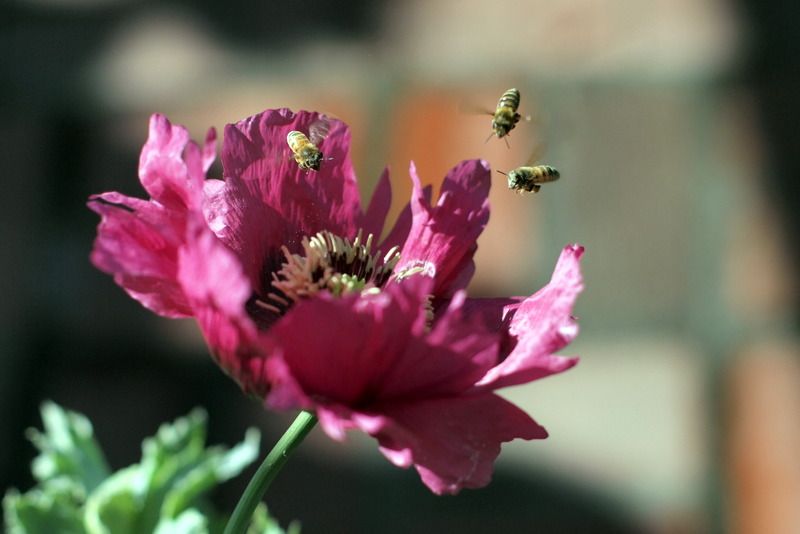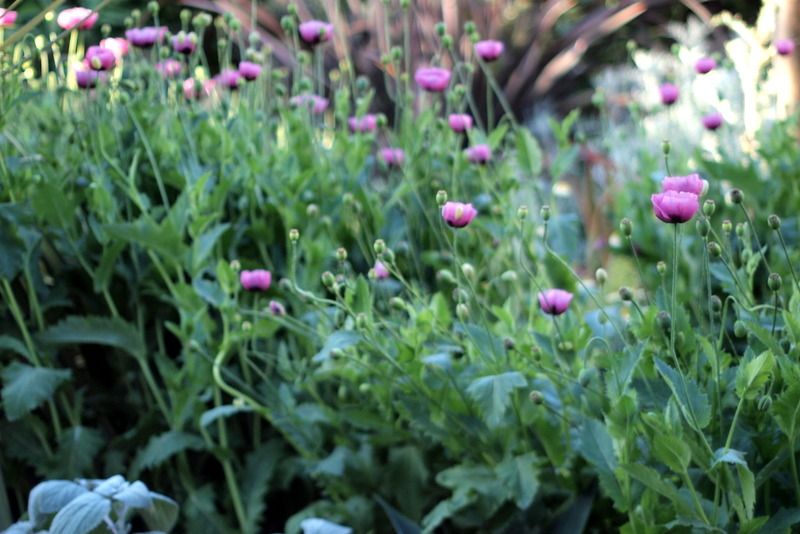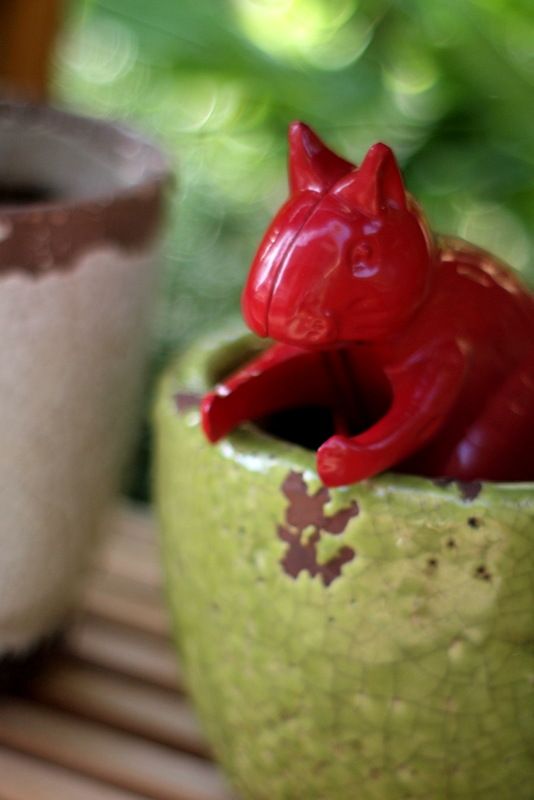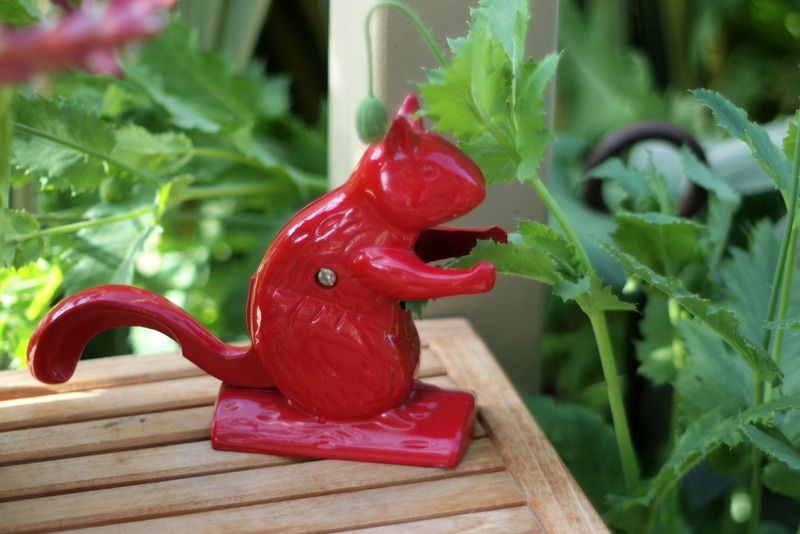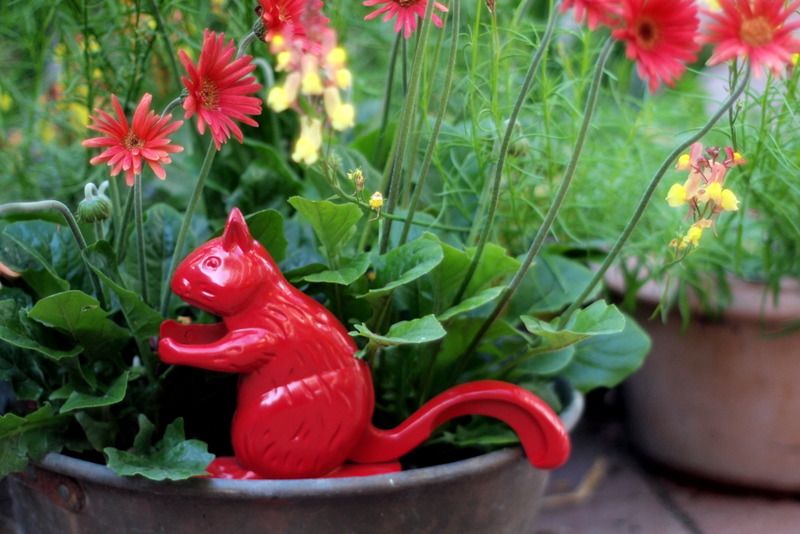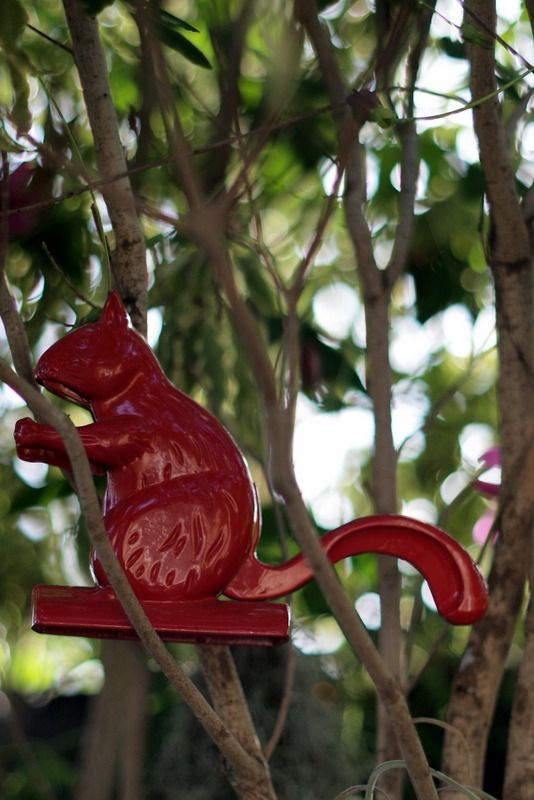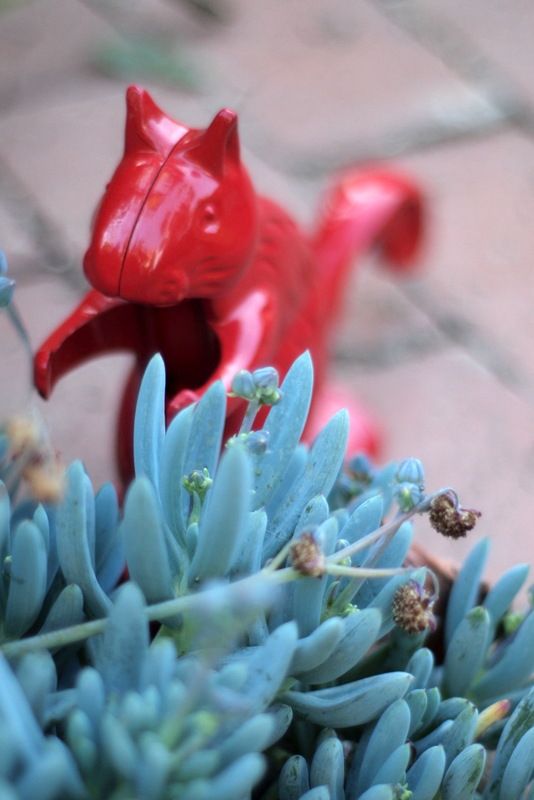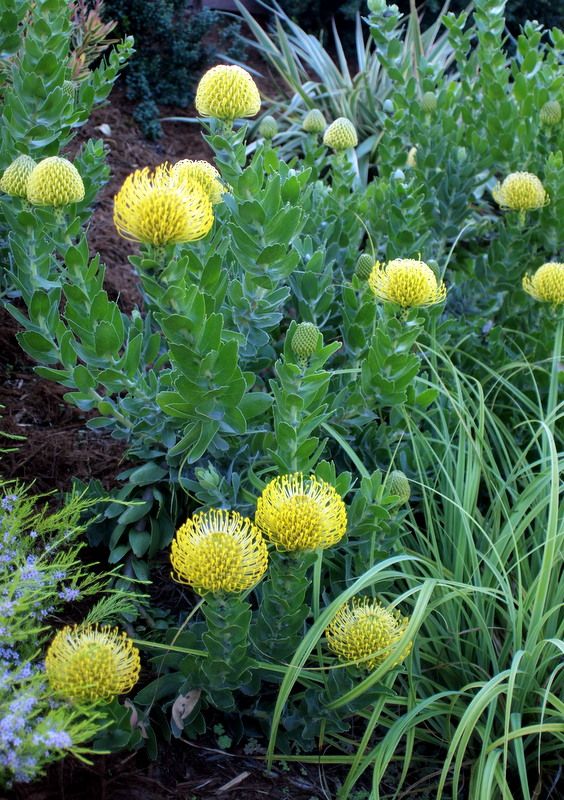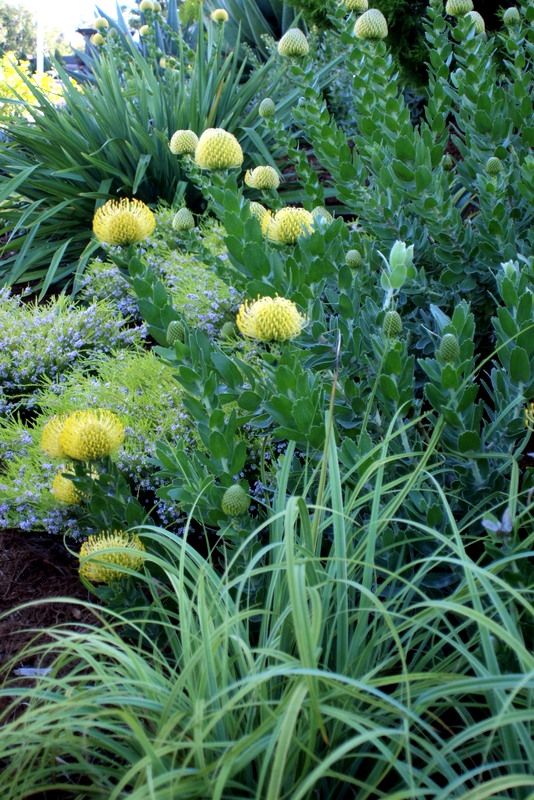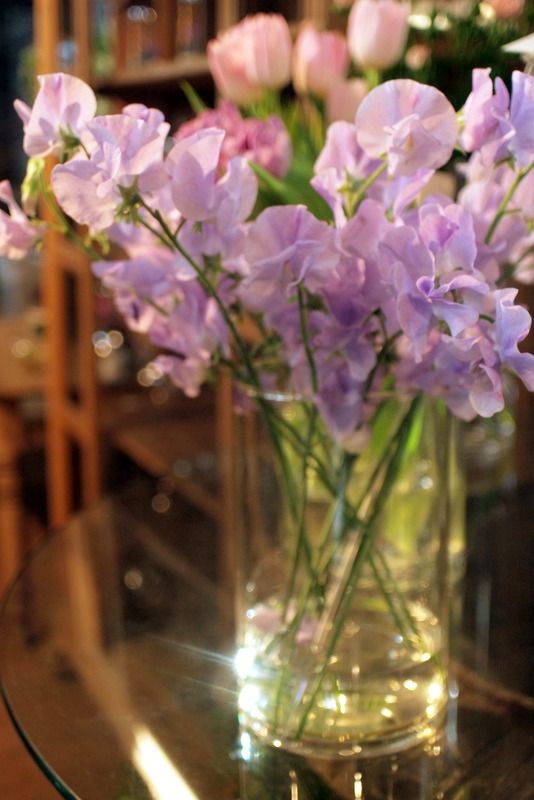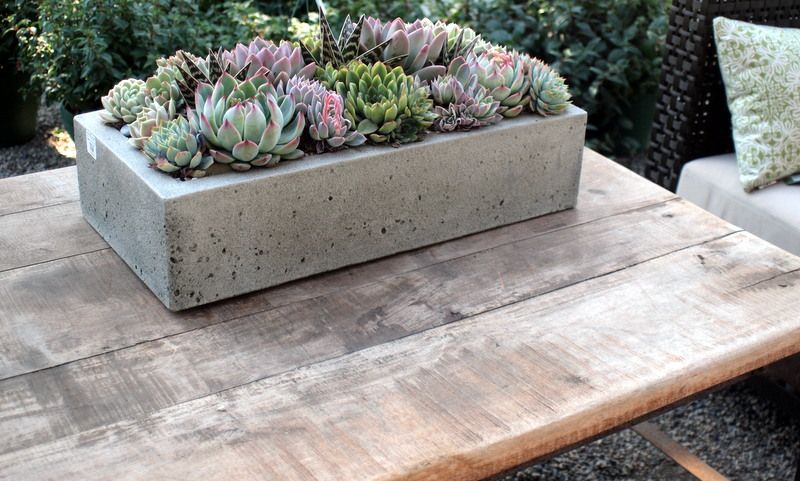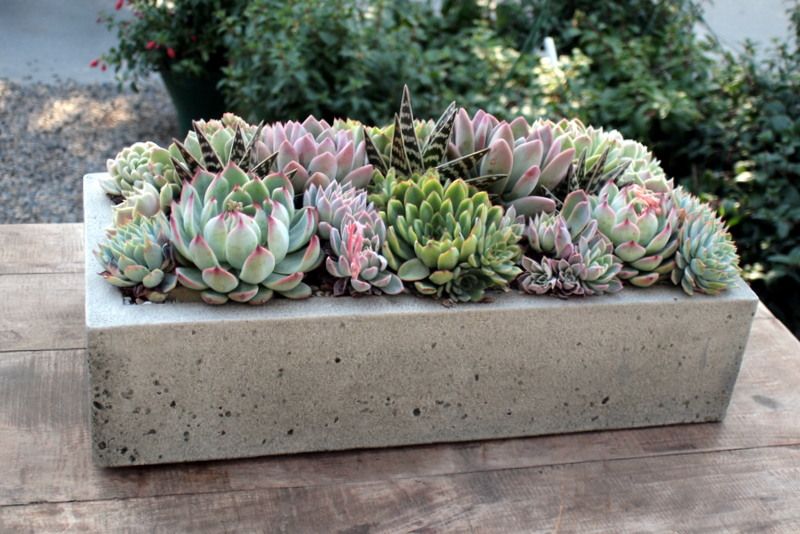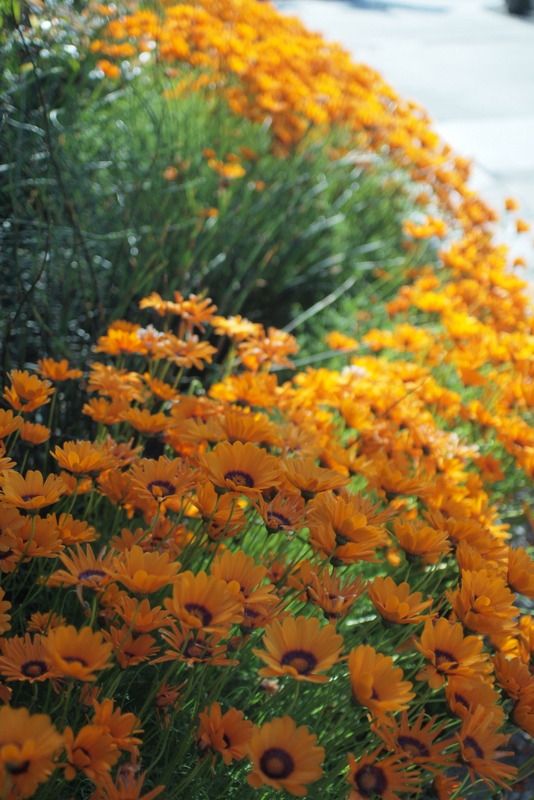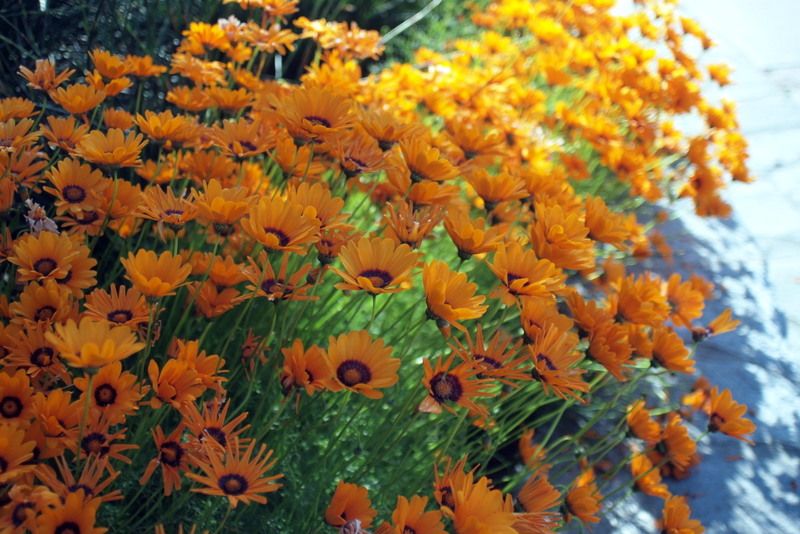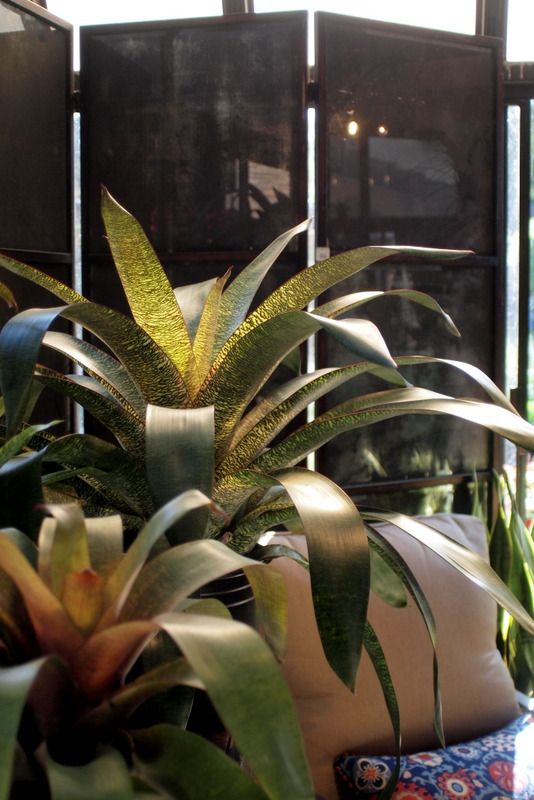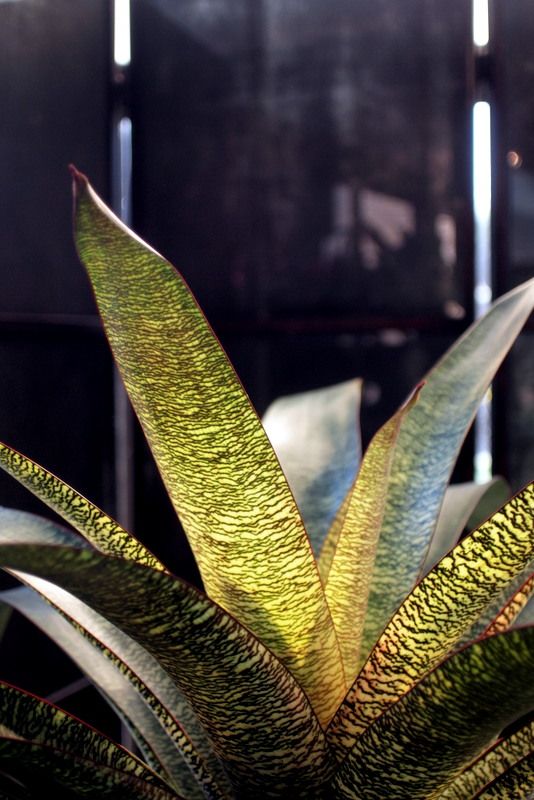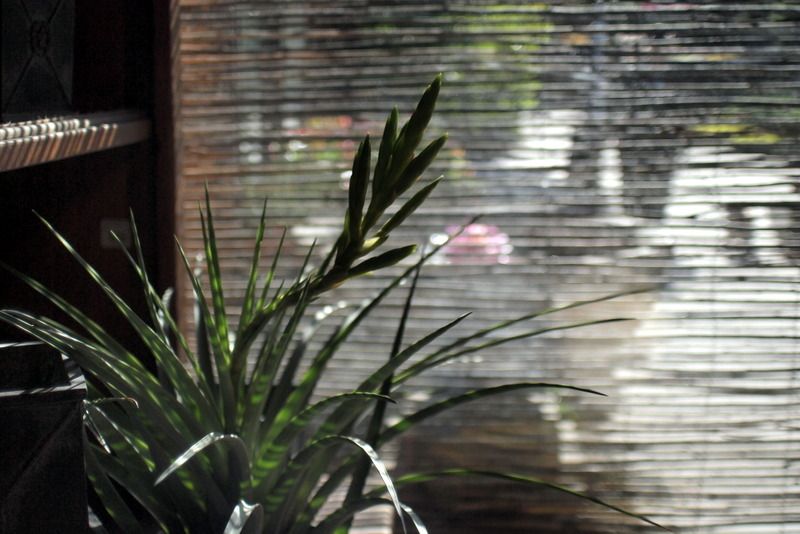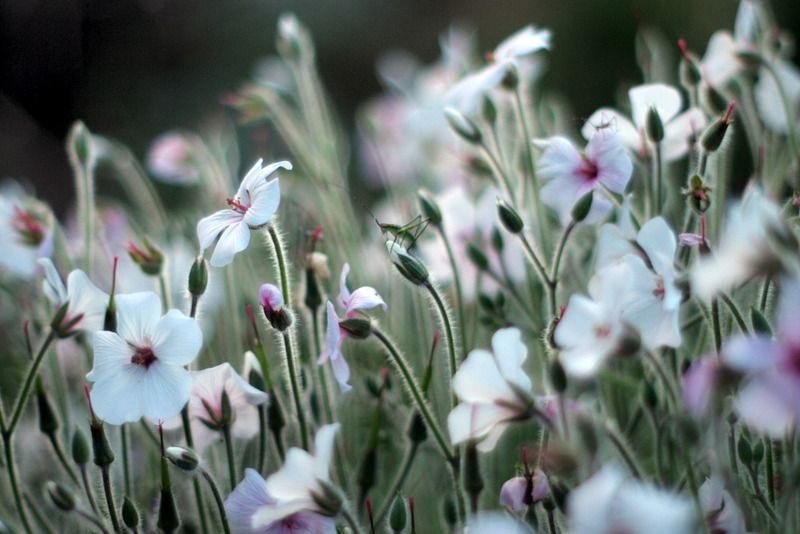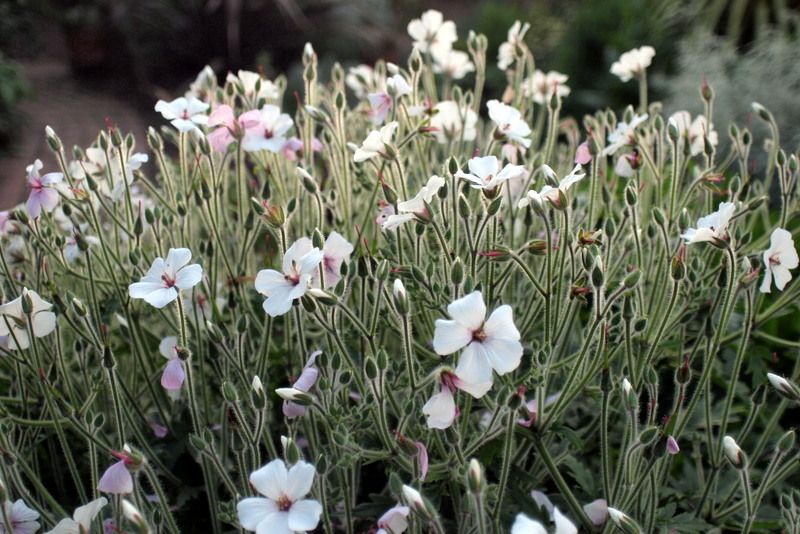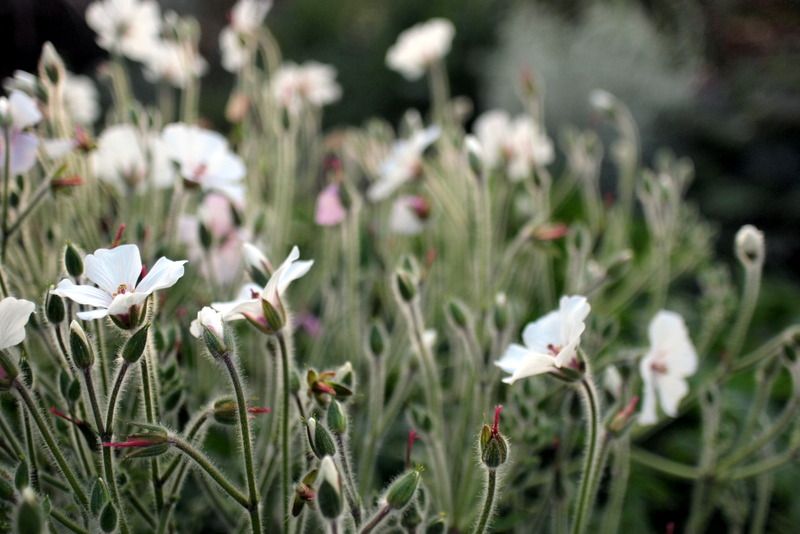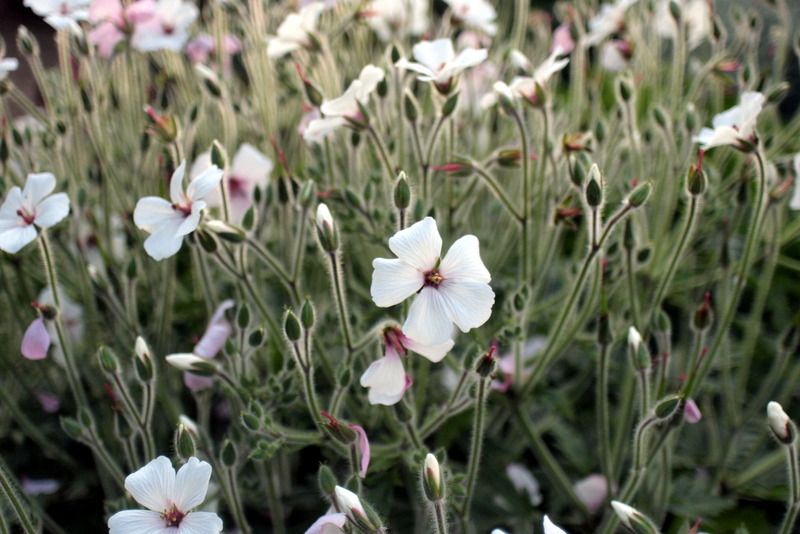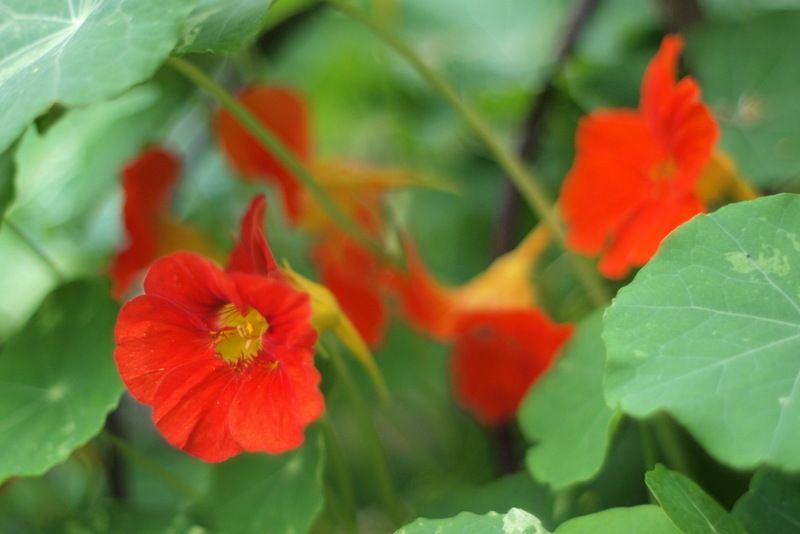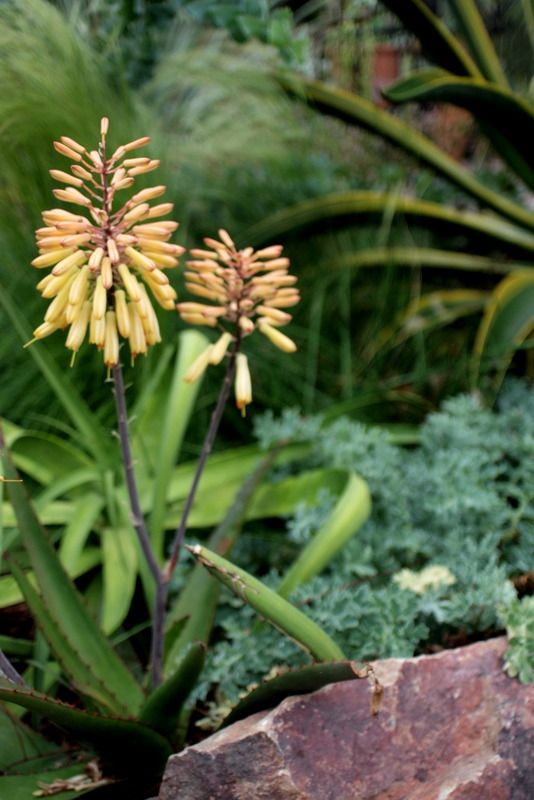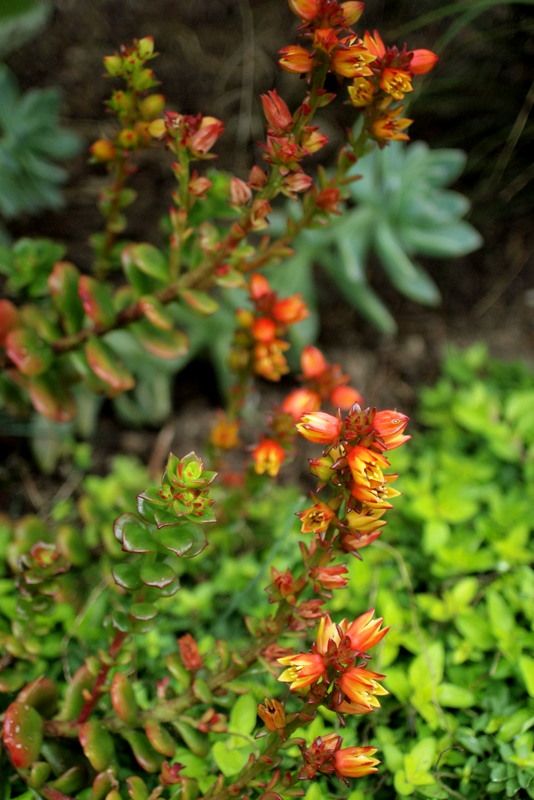Spring is moving fast here in Southern California. I’ve already checked out some of the gardens on our host’s site for Bloom Day, Carol at May Dreams Gardens, and saw lots of traditional spring shrubs and bulbs and perennials like hellebores in amazing colors just coming into bloom. Slowly but surely spring is spreading across the land. Huzzah!
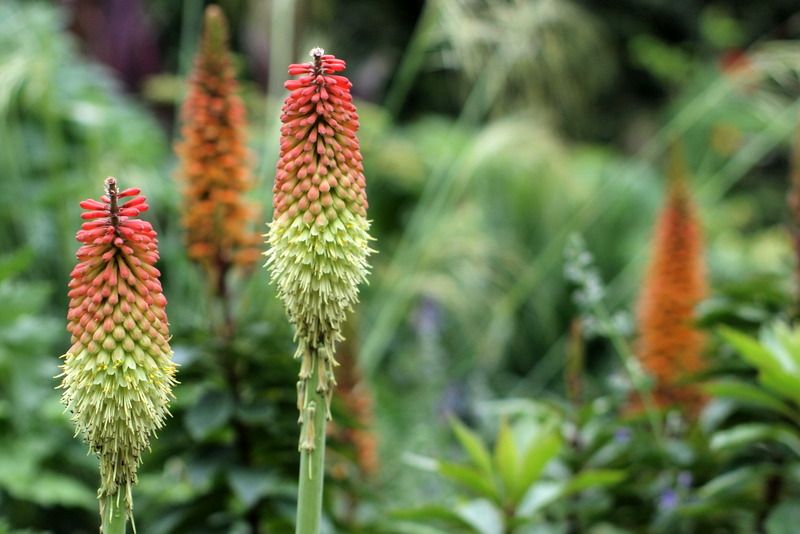
Spring has had an unmistakably orange cast to it in my garden this year. A kniphofia in its current 50/50 bar coloration.
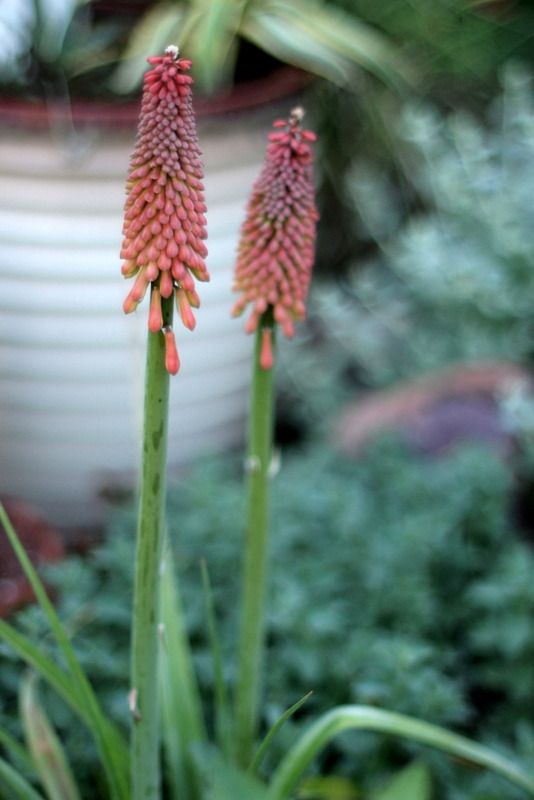
Same kniphofia about a week ago. I moved this one around and didn’t keep track of the name, but all my kniphofias come from Digging Dog, which has a great list.
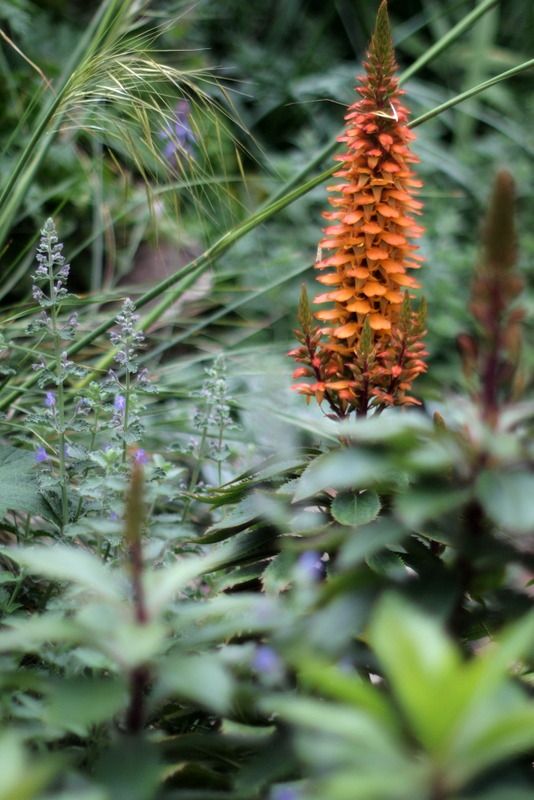
Nepeta ‘Walker’s Low’ is just starting to bloom, and hopefully the isoplexis will hang in there a little longer. The grass Stipa gigantea was moved here last fall and hasn’t missed a beat, showing lots of bloom stalks.
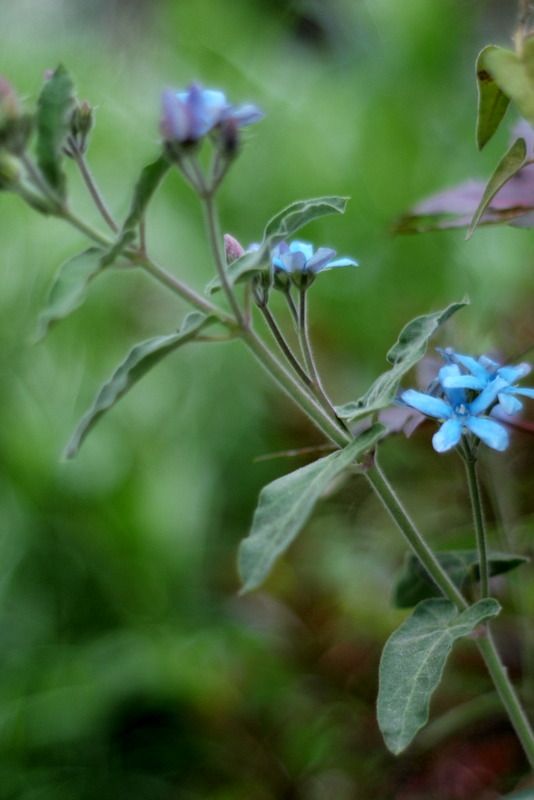
Tweedia caerulea/Oxypetalum caerulea may be a rare baby blue in color but it is a surprisingly tough plant. This one survived forgotten and neglected in a container throughout the mostly rainless winter. It’s climbing up a castor bean, Ricinus communis ‘New Zealand Purple.’

The self-sowing annual Senecio stellata started bloom this week. Big leaves, tall, and likes it on the shady side.

Another tall one, Albuca maxima.
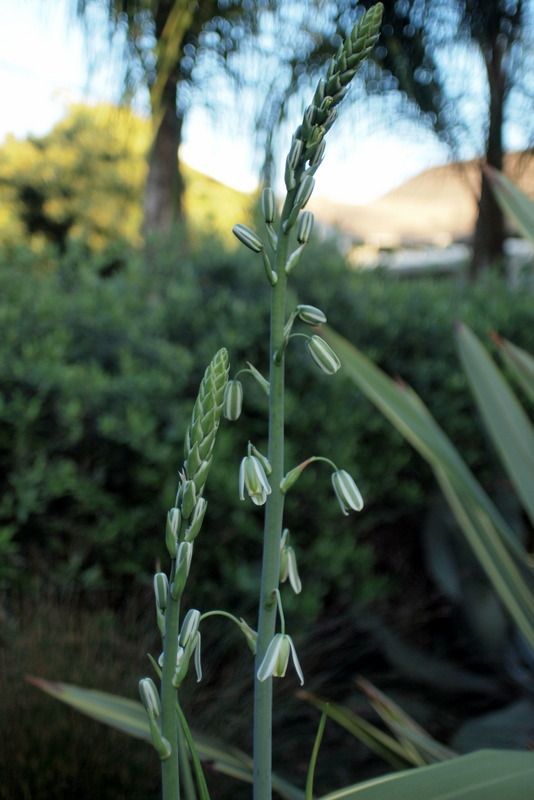
This South African bulb has been thriving in the front gravel garden, which gets very little summer water. Over 5 feet tall, it reminds me of a giant galanthus.
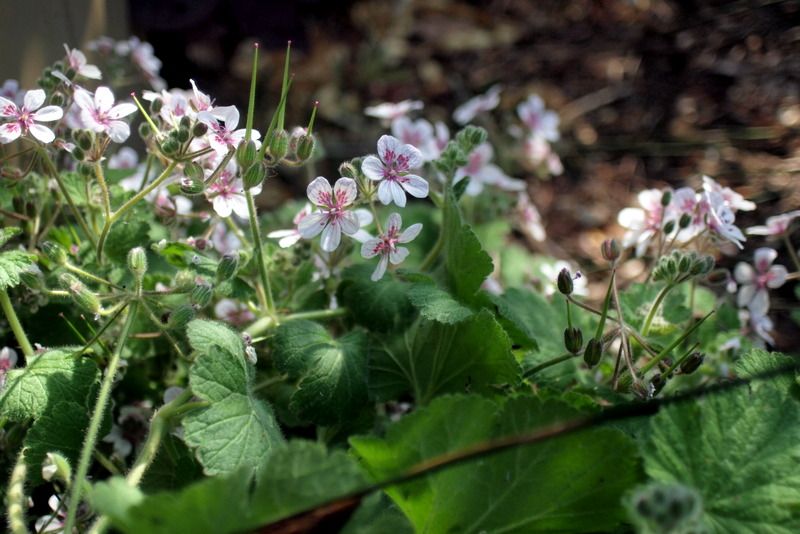
More white blooms, Erodium pelargoniflorum, a prolific self-seeder in the front gravel garden.
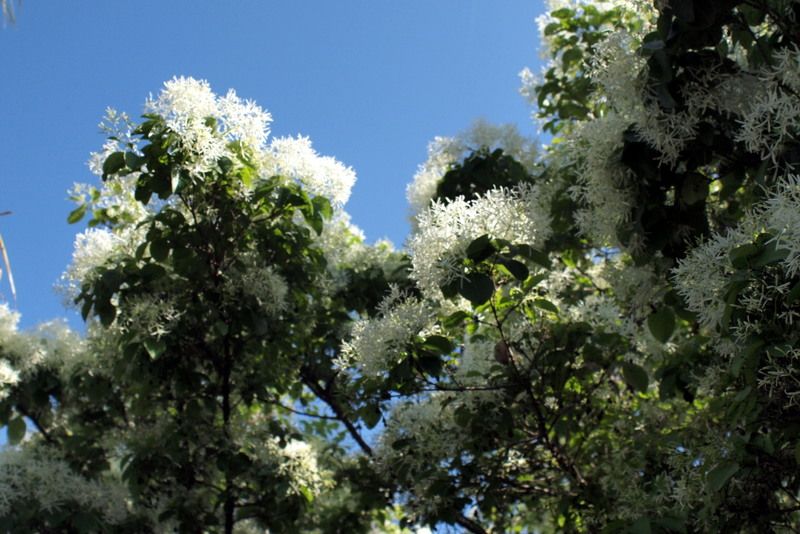
The fringe tree on the east side of the house, Chionanthus retusus, just about at maximum white-out.
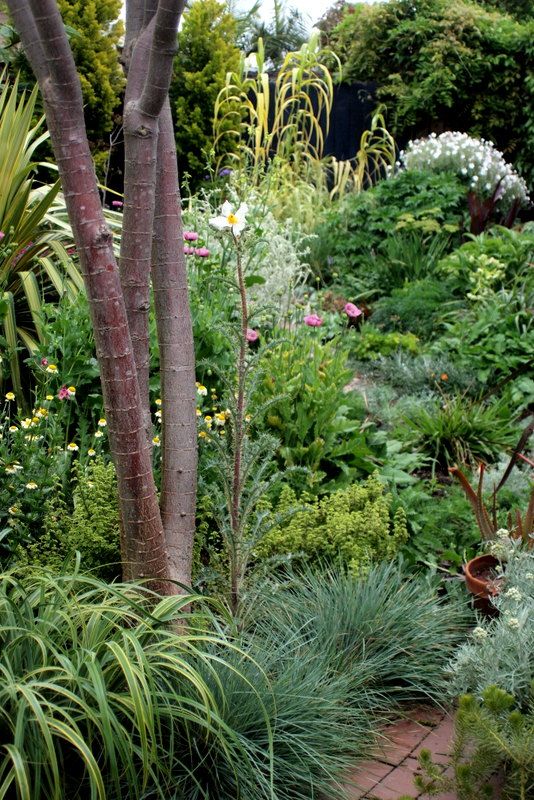
The fried egg on a long stalk near the Euphorbia cotinifolia tree trunk is Argemone munita. Hopefully better photos to come. I wouldn’t mind about six more of these self-sown in the garden for next year.
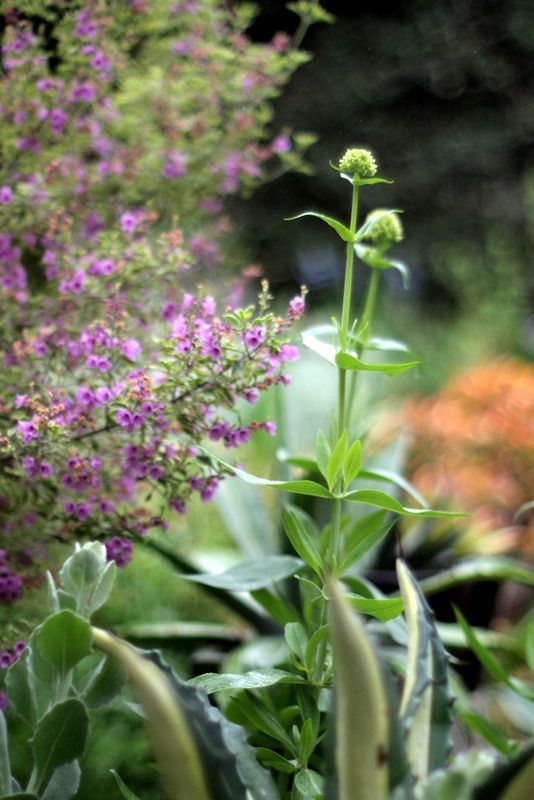
Self-sowing white valerian forming buds, with the lavender bells of the shrub prostranthera, the Australian mintbush.

The mintbush with the succulent Senecio anteuphorbium.
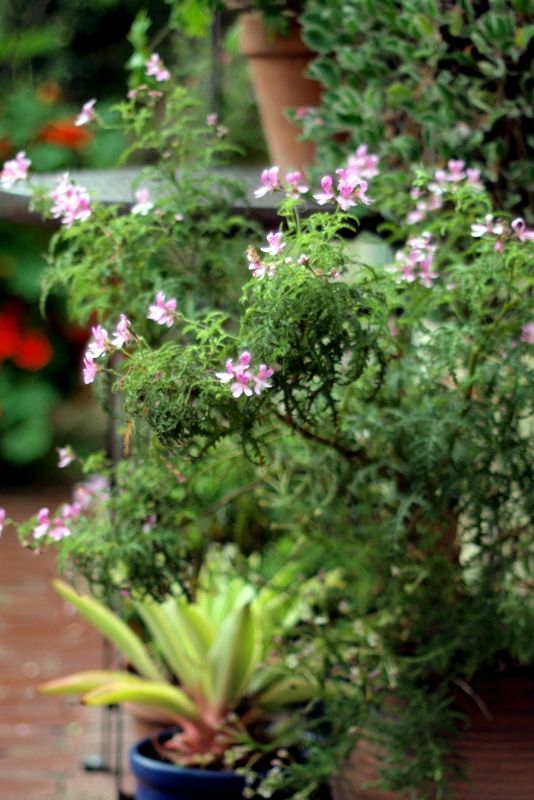
A gift pelargonium, no ID. The small details in the leaves and flowers of these simple pelargoniums get me every time.

Closeup of the tiny flowers.
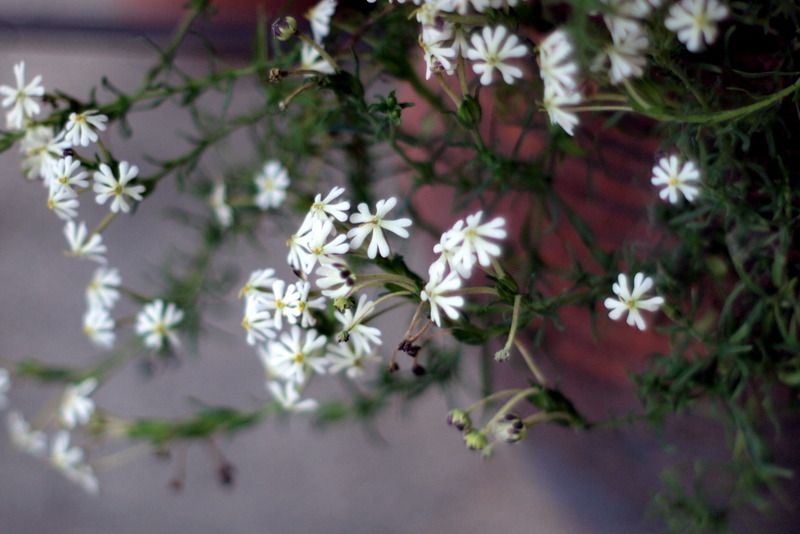
The plant at its base is even more self-effacing, with a big name for such a quiet plant, Zaluzianskya capensis.

Lots of self-sown nicotianas. The flowers are too small to be pure N. alata, so it probably has some langsdorfii in the mix. Whatever its parentage, lime green flowers always work for me.

Nicotiana ‘Ondra’s Brown Mix,’ with a potted begonia for scale. This strain of flowering tobacco has been keeping hummingbirds happy all winter. This is the first begonia to bloom (again, no ID!), and the colocasias are just beginning to leaf out.

The porch poppies, with lots more poppies in bloom in the garden.
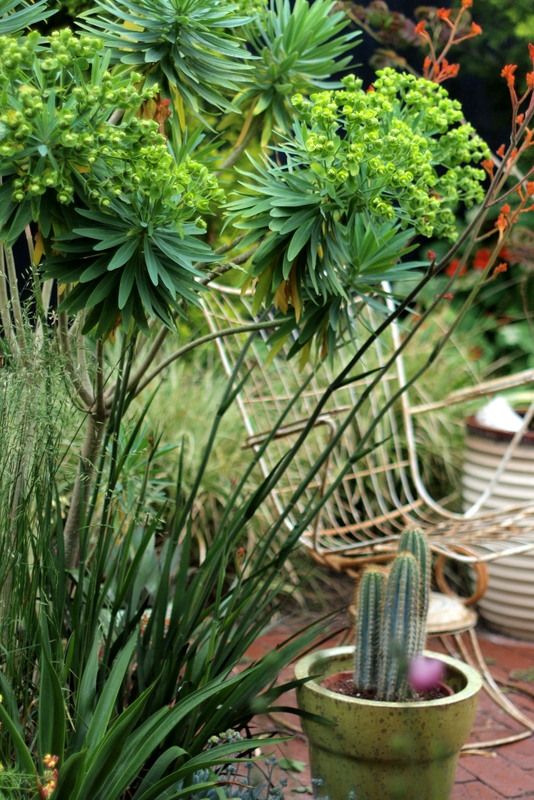
The anigozanthos might be a tad too close to the euphorbia, but I love the lime green and orange together.

The last two photos are by MB Maher, who was in town briefly and tried to get more of the Euphorbia lambii from a higher angle.

MB Maher’s photo of the Salvia chiapensis with a bit of purple in the center from Penstemon ‘Margarita BOP,’ planted from gallons a couple weeks ago. I have a feeling that yucca will be in bloom for May Bloom Day. See you then!
Now that Google Reader is in the dustbin of history, I’m trying out Bloglovin for organizing blogs I want to follow.
Follow my blog with Bloglovin
